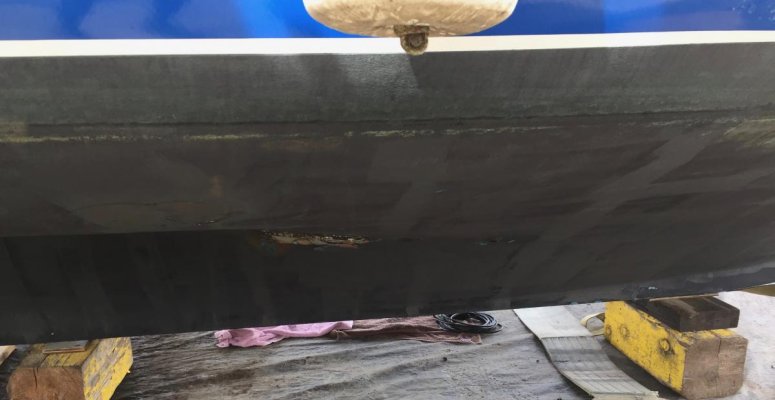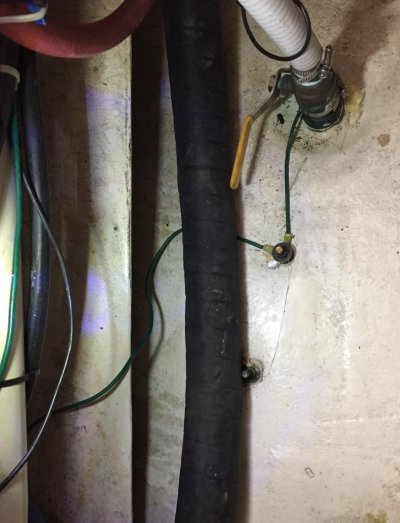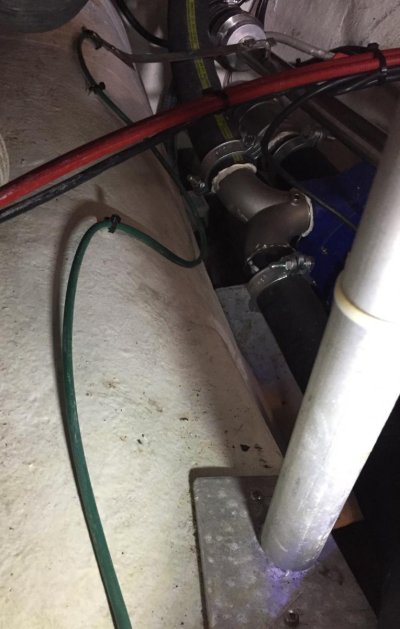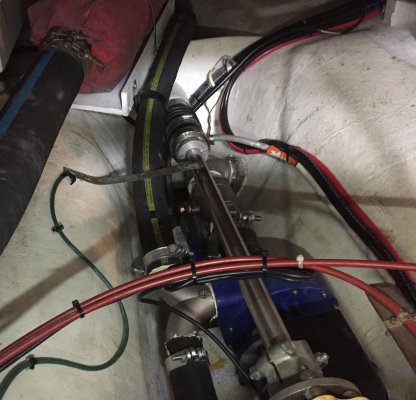DLETF
Veteran Member
- Joined
- Sep 28, 2017
- Messages
- 48
- Location
- USA
- Vessel Name
- Buster
- Vessel Make
- North Sea Cape Classic 30
When my trawler was hauled for the first time since ownership recently, an area on the starboard hull around a Dynaplate showed corrosion. The area was about 1' x 2 ' with loss of bottom paint down to bare gelcoat in places. I have the following comments/questions:
1. There are 2 hull anodes; the Dynaplate on the starboard hull and an AL anode bolted to the hull near the stern. There is no SSB/HAM radio installed on the vessel. A galvanic isolator is installed on the vessel.
2. What is the cause of the hull corrosion around the Dynaplate?
3. Why is the Dynaplate being used for the bonding/grounding system when the stern anode could be used to bond/ground the entire vessel?
4. If the hull corrosion was caused by the bonding/grounding wires connected to the Dynaplate, should I remove those wires and connect them to the stern anode?
5. Pictures of the bonding/grounding system are attached to this post. Is there anything else wrong with the installation?
Thanks
1. There are 2 hull anodes; the Dynaplate on the starboard hull and an AL anode bolted to the hull near the stern. There is no SSB/HAM radio installed on the vessel. A galvanic isolator is installed on the vessel.
2. What is the cause of the hull corrosion around the Dynaplate?
3. Why is the Dynaplate being used for the bonding/grounding system when the stern anode could be used to bond/ground the entire vessel?
4. If the hull corrosion was caused by the bonding/grounding wires connected to the Dynaplate, should I remove those wires and connect them to the stern anode?
5. Pictures of the bonding/grounding system are attached to this post. Is there anything else wrong with the installation?
Thanks









 I hate when that occurs, now I have to read dates.
I hate when that occurs, now I have to read dates. 